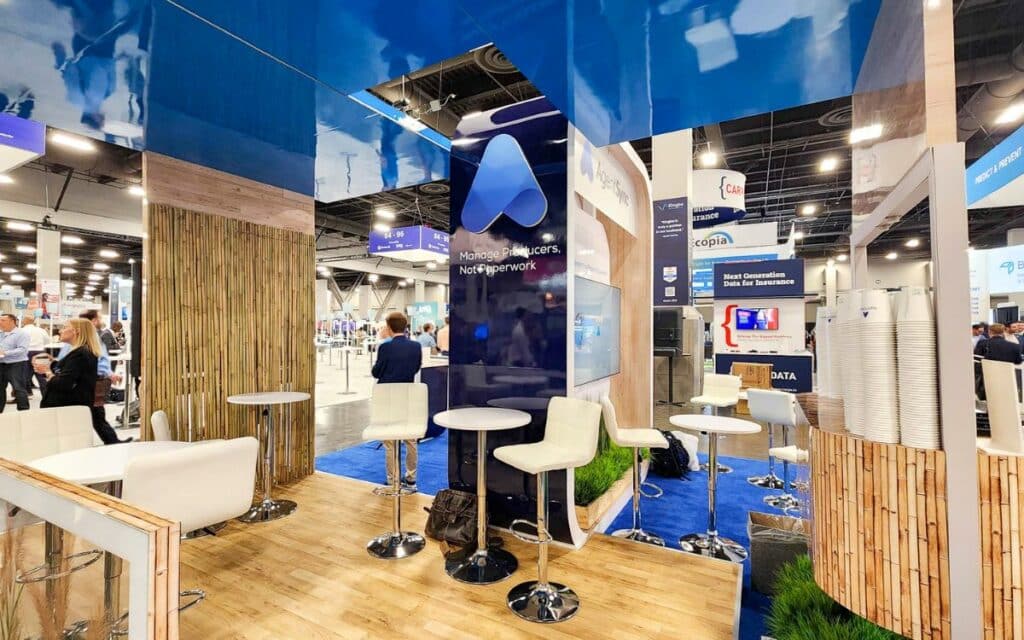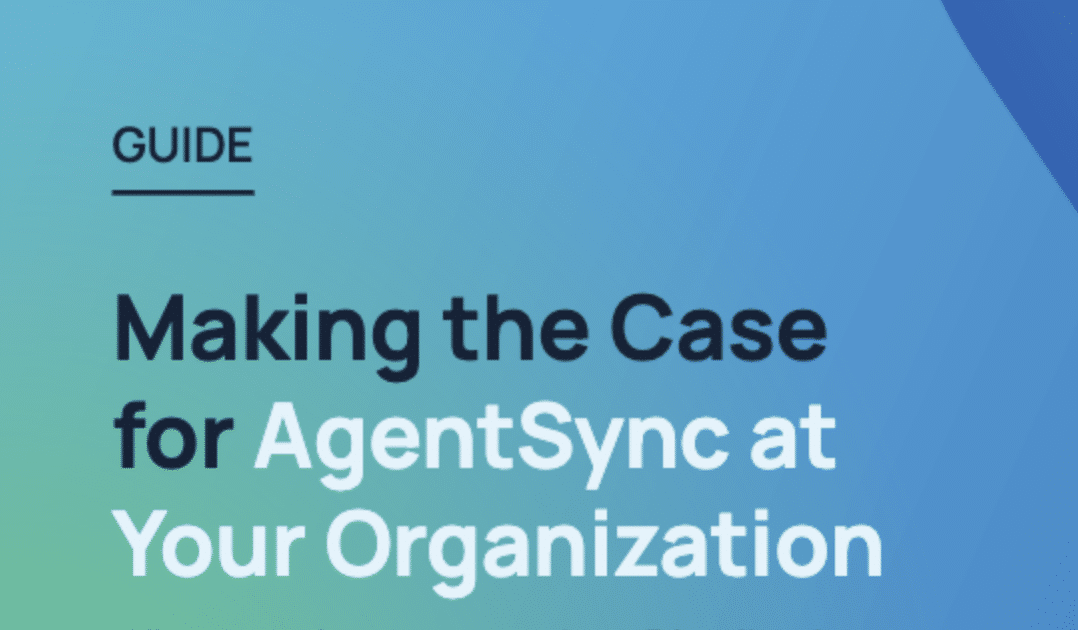

Insurance executives and technophiles shared interest the week of Sept. 19 at InsureTech Connect 2022 in Las Vegas.
With the general riot of attendees, new software pitches, vendor booths, and digital trends chatter, not to mention the absolute banger of an afterparty concert played by UB40, you’ll be forgiven if the week got a little blurry by the end. Or, hey, maybe you were busy elsewhere – the week had a little industry competition from the National Association of Insurance Commissioners Insurance Summit, the National Association of Mutual Insurance Companies event, Salesforce’s Dreamforce 2022, and, personal to our Denver-based hearts, Denver Startup Week.
Regardless of whether you were at another stellar industry conference, attended in-person, or were one of the many digital-only attendees, we’ve got you covered. To keep you in-the-know, here were our key takeaways from ITC 2022:
1. Insurance technology businesses are maturing, aka insurance 2.0
For many years, insurtechs have flocked to ITC under the banner of disruption, each booth claiming bragging rights for overturning traditional insurance’s practices and paradigms. Perhaps the most notable thing at this year’s InsureTech Connect conference was an evolution in the vision of insurance technology businesses that seem far keener to work alongside industry longtimers in accomplishing the next phase of “digital revolution.”
Far more emphasis was put on working in harmony, with digital insurance options supplementing and partnering with traditional human distribution, as opposed to supplanting them entirely. Many presentations referred to “insurtech 2.0” or “insurance 2.0” as a reference to the new – more digital, but still fundamentally recognizable as insurance – industry.
The frequent 2.0 references were in line with what AgentSync CEO Niji Sabharwal has suggested at other conferences, that the real on-the-ground work of digitalization and transforming manual processes to sophisticated digital infrastructure is the work of the present age.
2. AgentSync. Everywhere.
We can’t not talk about sponsoring ITC 2022. And if you missed us, then truly, please tell us how. Because we were EVERYWHERE. AgentSync chairs, AgentSync events, AgentSync pop-up signs, AgentSync presentations… We felt pretty special.
There’s just something about seeing your name everywhere that has solid 16th-birthday energy. But other than feeling like the belle of the ball, we had the opportunity to introduce ourselves and our services to a wider audience than ever. And people were excited.
We also launched a new product from the main stage: AgentSync ID. A digital passport experience for individual insurance producers, AgentSync ID will serve as a means of control and source of truth for producers to end the cycle of frustration caused by manual data entry (and re-entry and re-entry).
Over and over, we heard people’s frustration about producer licensing, or appointment processes. The pain points of compliance for people who are stuck with labor-intensive insurance producer management software. A lot of conversations at the AgentSync booth revolved around people’s surprise that daily data synchronization and transparent compliance reports aren’t the future – for our customers, they’re the now.
3. The industry is preparing for turbulence – both traditional insurance and insurance technology
It’s not a secret: Markets are turbulent. Cybersecurity is a massive threat. Inflation is crazy. Climate change is worsening seasonal weather patterns. Global events are wreaking havoc on supply chains and economies everywhere.
Frankly, the idea that there are turbulent times ahead for the nation, for insurance carriers, and for insurance technology companies is a likely cause of insurtech maturation. Instead of tension between traditional insurers and emerging digital companies, it’s becoming clear that old templates for business aren’t going to work forever. But that doesn’t mean they’re irrelevant – insurtechs can’t take a “burn-it-down” mentality to current processes.
Property and casualty insurers are at a pivotal moment as inflation and increasing catastrophic events conspire for mounting losses and increasing premiums. While reinsurance is experiencing a real moment in the spotlight, P&C businesses of all stripes can benefit from sharing the knowledge base and emerging technologies to innovate current business models.
Legacy insurers and emerging insurtechs shaking hands over stabilizing the industry is going to be key to continuity as they share the same – shrinking – resource pool for talent. Staying relevant to a younger generation of workers with modern tools while bringing the stability of legacy insurance businesses will benefit everyone. (We all love a good “Friendship is Magic” story, after all.)
4. In-person experience and relationship-building still matters
In many ways, the pandemic drove digital changes and showed insurance just how dynamic it can be – this is one industry that was well positioned to get scrappy with remote work, hybrid offices, and other dynamic approaches to business challenges.
But insurance has always been a business built on relationships. And relationships can be made and maintained digitally, but heck it was good to see real live faces at ITC.
From the energy of people skilled in salesmanship to a swank pool party to an absolute party atmosphere of the UB40 concert, every day was an opportunity to shake actual hands and make actual connections. While the InsureTech Connect team did a great job of including the digital-only attendees, there’s no way it approximates the real in-person experience.
Also, did we mention, AgentSync was everywhere?

5. Customer needs and experience are primary
Most of the pitches and presentations ultimately came down to one factor: consumers. What do they need? What do they want? No one in insurance, or in insurance technology, should be laboring under the delusion that they can spoonfeed poor services to consumers and expect to do serious business. We know consumers vote with their feet, and their dollars.
Customer’s want digitalization until they don’t, and some of the cool consumer-focused discussions covered:
- How to better engage consumers in risk-mitigation – something that benefits everyone.
- Ways to reach the uninsured and underinsured to both spread risk and cover needs.
- How to address consumer assumptions that insurance agents are knowledgeable (and possibly impartial) advice-givers.
- Merging a seamless digital-to-human-and-back experience so consumers have an anonymous robot when they want one, and have a well-informed personal, human-led service experience when they’re ready.
If you attended ITC, we hope you had as much fun as we did. We’ll see you at the next one, but if you want to connect earlier than next October, schedule a demo and we’ll talk soon.

